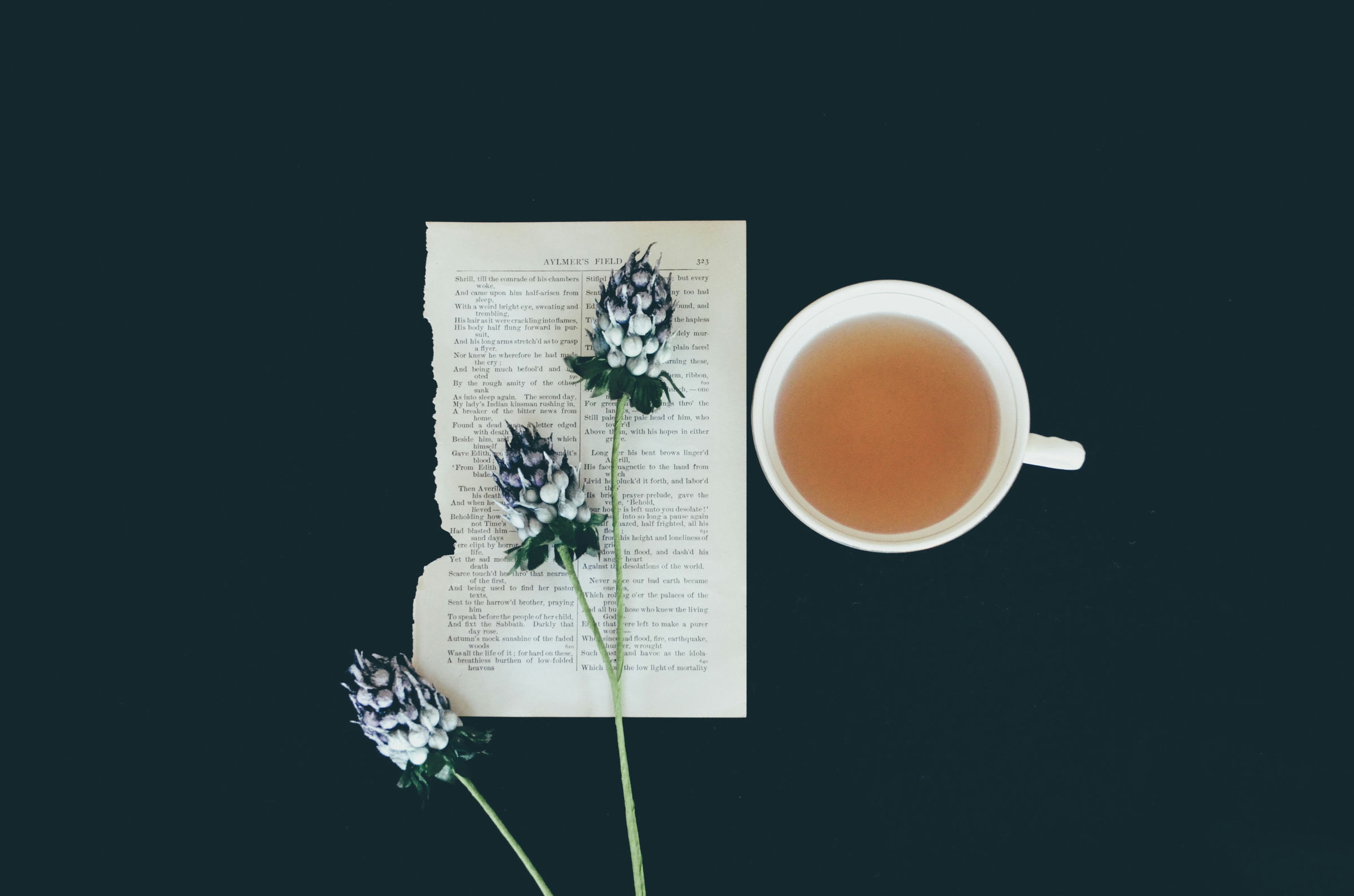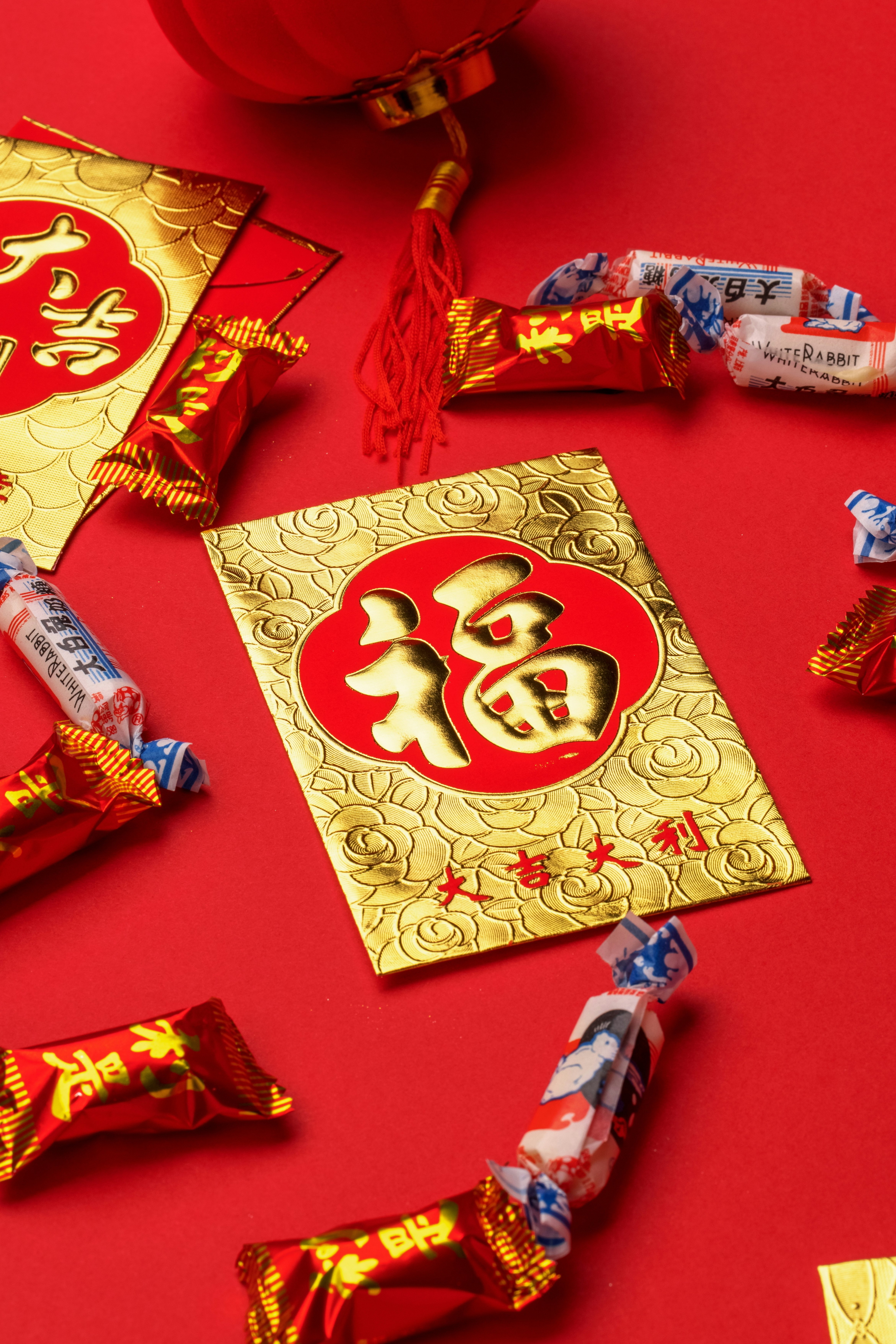
There are several Arab ethnic groups that have been living in Kenya for generations. The Arabs first came to the Kenyan coast as traders in the 8th century AD. Today, Arab Kenyans make up a small but vibrant part of Kenya's diverse cultural fabric.
Arabic culture is vast and diverse, encompassing the traditions, social habits, arts, and beliefs of people across the Middle East and North Africa. This culture is deeply influenced by the richness of Arabic language and Islam, although there are significant variations among different Arabic-speaking countries. Here are some key aspects of Arabic culture:
Language: Arabic is the central unifying feature of Arabic culture. It's not only a means of communication but also a repository of the community’s collective memory and wisdom, reflected in literature, poetry, and everyday speech. Classical Arabic is the language of the Quran, which has a profound influence on literature and spoken forms across Arabic-speaking countries.
Religion: Islam plays a central role in shaping the cultural norms, laws, and practices of Arabic-speaking countries, though there are also significant Christian and Jewish communities throughout the Arabic world. Islamic principles often guide personal behavior, family relations, and community interactions.
Family and Social Structure: Family is a key foundation of social life in Arabic culture, characterized by strong family values, respect for elders, and loyalty to family members. Extended families often live close together or in the same house, and family businesses are common.
Hospitality: Hospitality is a hallmark of Arabic culture, deeply rooted in tradition and the teachings of Islam. Guests are treated with the utmost respect and generosity, often offered the best food and drink available.
Art and Architecture: Arabic art and architecture reflect a rich history influenced by various empires and civilizations, including Roman, Byzantine, Persian, and Ottoman. Key features include intricate geometric patterns, calligraphy, and ornate decorative arts, as seen in famous landmarks like the Alhambra in Spain and the Great Mosque of Córdoba.
Music and Dance: Music and dance vary widely across the Arabic-speaking world, incorporating a range of styles and instruments, like the oud (lute), qanun (zither), and darbuka (goblet drum). Popular dance forms include belly dancing and the Dabke, a traditional group dance in Levantine countries.
Cuisine: Arabic cuisine is renowned for its diverse flavors and ingredients, including spices like saffron and cumin. Dishes such as hummus, falafel, and kebabs are widely recognized. Meals are often a communal, social affair, reflecting the importance of community in Arabic culture.
Dress: Traditional dress varies by country but often includes garments like the thobe or dishdasha for men, and the abaya for women, particularly in the Gulf countries. These traditional garments are both a reflection of cultural norms and a response to the climatic conditions of the region.
Literature and Poetry: Arabic literature and poetry are highly esteemed arts, with a tradition that dates back to pre-Islamic times. Classical poets like Al-Mutanabbi and modern writers like Naguib Mahfouz, who won the Nobel Prize in Literature, are celebrated for their contributions to Arabic and world literature.
Markets (Souks): Markets or souks are a key feature of Arabic towns and cities, serving as vital centers for commerce and social life. These bustling markets offer a wide range of goods, from spices and textiles to jewelry and traditional handicrafts.
Arabic culture is characterized by its richness and diversity, shaped by historical, religious, and social influences that have evolved over centuries.






We welcome any friendly suggestions or comments about our Kikuyu culture website content via email.